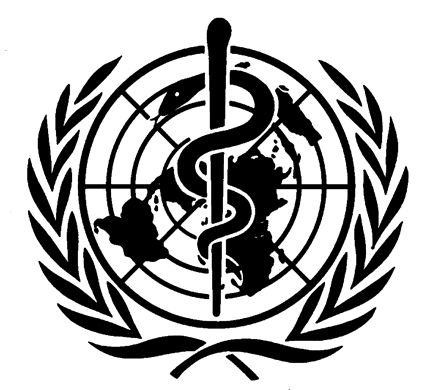Sites of interest on the World Wide Web
Self-Knowledge, or Seeing Ourselves as Sequencing Machines See Us
Upon the pyramid of self-actualization, one must take many steps to achieve the summit. Fortunately, the road to self-knowledge is less steep, and the travel is made easier through the influence of macromolecules. More specifically, finding out who you are and your maximum potential can be aided by having your genome sequenced. You can now obtain your genetic profile, as a number of companies offer SNP sequencing and genome-scanning services. Knome, Inc. (www.knome.com), however, offers complete genome sequencing and, for those with less-deep pockets, cDNA sequencing. Knome maintains that they do not store the sequence data and that client privacy is assured. “Clients retain full ownership of their personal genomic information and have the ability to anonymously share all or portions of their genetic information with researchers and other medical professionals.” In other words, please let us study your alleles and gene variants for research purposes—your anonymity is guaranteed. Although priced out of the range of the average, interested citizen of the world, the tantalizing half-promise of the genetically disclosed, discovered self is available for those willing to shell out for it: $68,500 for total genome sequencing (KnomeCOMPLETE) or $24,500 for cDNA sequencing (KnomeSELECT). But think about this, in the never-ending game of one-up-manship, you can lord this over your overachieving frenemy at the next cocktail party.


Of course, self-knowledge isn’t a destination only, but includes the journey. As T.S. Eliot said: “We shall not cease from exploration, and the end of all our exploring will be to arrive where we started and know the place for the first time.”
Homer Simpson the Electrophile
If, after reading the review article by Groeger and Freeman, you realize you don’t recall your high school chemistry as well as you should, you can brush up on reactions at DnaTube (www.dnatube.com). You won’t want to miss the Electrophilic Aromatic Substitution Video (http://www.dnatube.com/video/1659/Electrophilic-Aromatic-Substitution) where benzene becomes a doughnut (D’Oh-nut?) and an electrophile metamorphoses into Homer Simpson. The memorization of a discrete set of facts is made easier when the information is presented in multiple ways or when associated with other images. It’s nice to think Homer is contributing to education (for likely the first time). Mmmm, pi electrons. Just keep telling your colleagues, “It’s educational.” DnaTube hosts multiple videos listed under the headers “topics” and “categories.” There are many of interest to non-specialists and might appeal to undergraduates and interested grad students and post-docs. Under the header of “categories” you can find videos on biochemistry, cell biology, organic chemistry, inorganic chemistry, bioinformatics, and developmental biology, to name only a few. Under “topics” you’ll find open lectures from the Massachusetts Institute of Technology (e.g., Robert Weinberg and Eric Lander), videos on algebra, PCR, the evolution of the Y chromosome, and a multitude more. I think the headings of “topics” and “categories” could be done better but this is a minor quibble, as this Web site is full of interesting videos suitable for when you’re running a gel or waiting for an enzyme digest to end. Here’s hoping the Homer Simpson video becomes a viral hit in the scientific community.


XXDR-TB
The Beyond the Bench article in this issue of Molecular Interventions is based on tuberculosis (TB) in its many forms and presentations in literature. In addition to simple, drug-sensitive TB, there are multi- (MDR), extensively (XDR), and extremely (XXDR) drug resistant forms. MDR is resistant to first-line drugs (isoniazid and rifmapicin). XDR is resistant to first- and second-line drugs. Apparently, XXDR exhibits even stronger resistance to drug treatment than XDR and is very rare. According to WHO, as of 2008, “the first two cases of extremely drug-resistant TB (XXDR-TB) have been documented in Europe. This is a form of TB that is resistant to all first- and second-line drugs and so is virtually impossible to cure.” (www.who.it/tuberculosis/publications/20071204_5) Unfortunately, in December 2009, came the first report of XXDR-TB in the US. The patient was kept in isolation at the nation’s last TB sanitarium, Holley State Hospital. After nineteen months of ever-vigilant treatment, the patient is considered cured and has been released.

- Copyright © 2010



